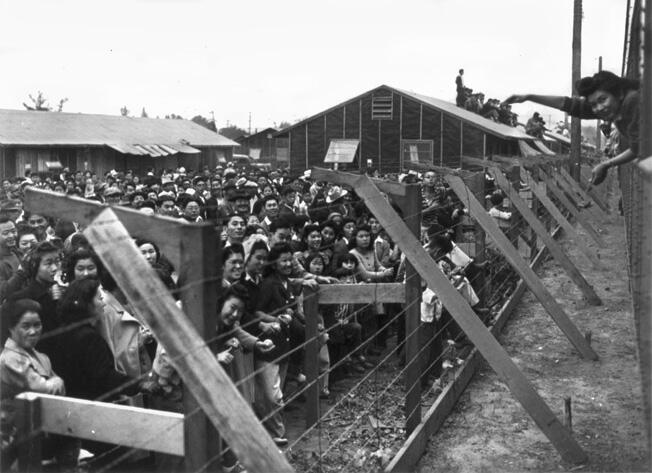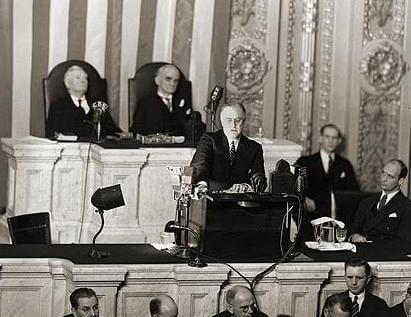How America Changed After Pearl Harbor
When something as shocking as the events of December 7th, 1941 happens, it’s bound to bring about changes to those most affected by it. Similar to what happened after the September 11th attacks sixty years later—patriotism and a sense of camaraderie across the US—the attack on Pearl Harbor altered the perception of the country, causing a ripple effect of change.
Life at Home
Prior to the attack on Pearl Harbor, the average American family wasn’t too concerned with the Pacific theater of World War II. With Germany the leading antagonist to the war in Europe and rumors of the concentration camps starting to circulate, concern for civilians overseas was a bigger concern than America’s potential involvement in the war.
After the surprise attack by Japan, the American mindset changed completely. Fear swept across the country, but even more so there was a sense of patriotism that incited a desire to fight Japan. Though likely afraid of another sneak attack from the Pacific, Americans soon saw an outright war with Japan as inevitable.
Across the Country

Though many of them had been in the country long before the Japanese decided to attack Pearl Harbor, many Japanese Americans found themselves on the receiving end of much scorn and hatred. Making this newfound disdain even worse, Japanese residents of the United States were rounded up and either removed from the country or placed in internment camps. With minimal warning, these legal citizens were rounded up and locked away in hastily-built camps.
What was once a passive country eager to preserve its isolationism quickly became a country driven by war. No longer about protecting just their own interests, the war effort very quickly became a household reality. Daily life, from the movies they watched to the things they did, were soon centered around the war.
The Political Change
Before the attack on Pearl Harbor, much of America’s government was opposed to entering the war. As one might expect, with American territory the target of a foreign attack, that mindset quickly performed a 180-degree turn, though there was still hesitation about joining the war in Europe. The initial decision to go to war was specifically only against Japan, and it wasn’t until Germany and Italy’s own declarations of war against the United States that the country was pushed to enter the European front.

The Economy
After the smoke cleared from Pearl Harbor, the entire country found itself in wartime mode. It wasn’t just a state of mind, it was a way of life and to support it, the American economy quickly became a wartime economy. Taxes were raised to help pay for the war, war bonds were issued, and even banks purchased billions of dollars in bonds to support the war.
Industry also became a vital part of the war effort, especially the American automotive industry, which ceased production of consumer vehicles to produce for American military forces. The whole country shifted gears, suddenly focused on doing whatever it could to secure victory against the Axis powers.







